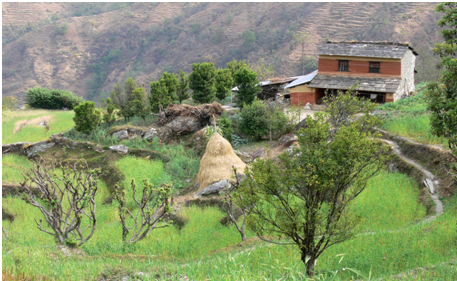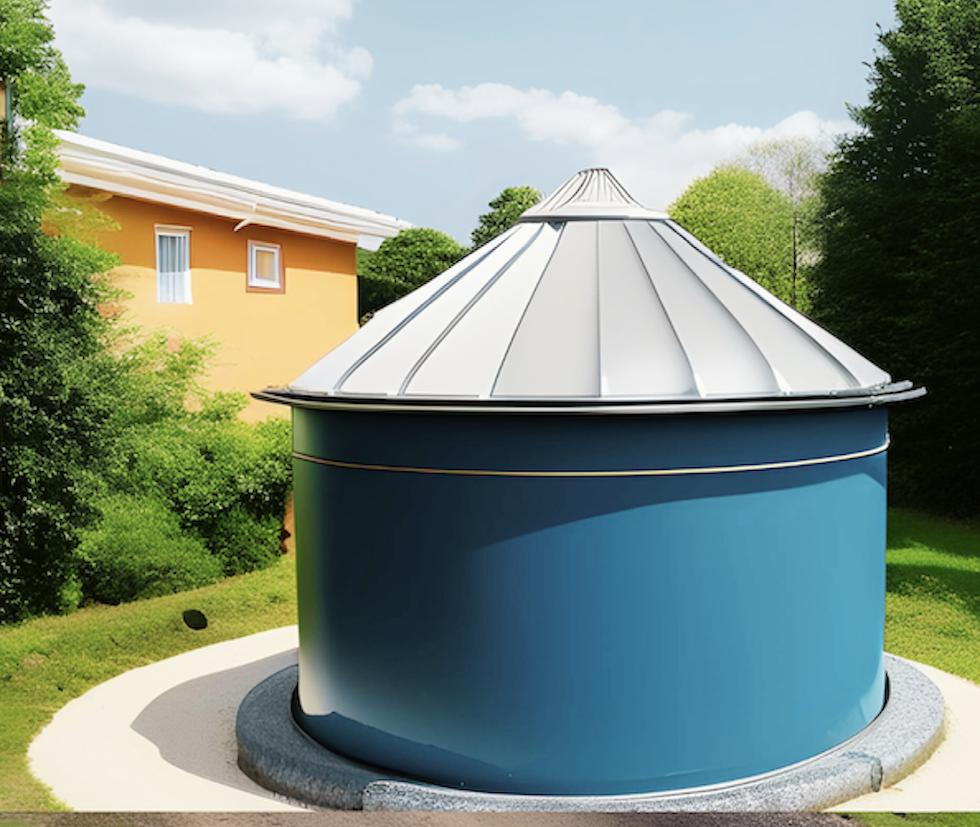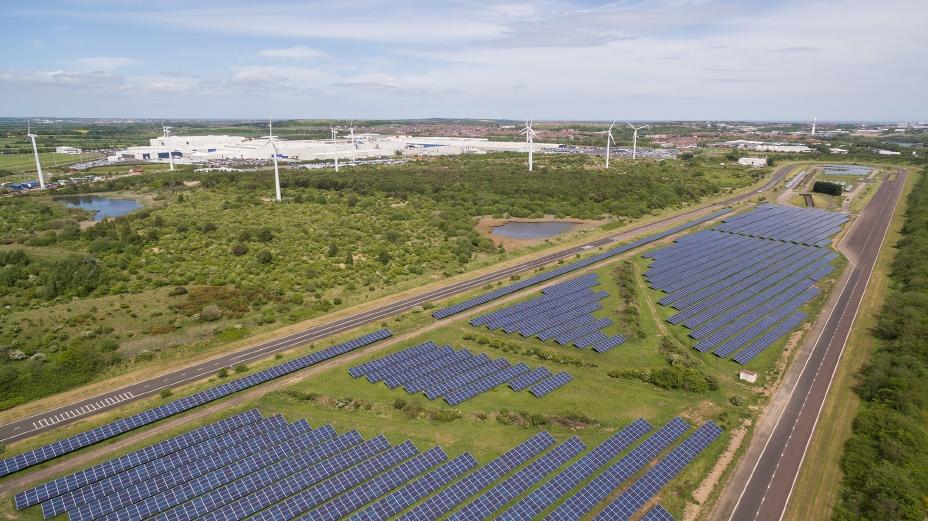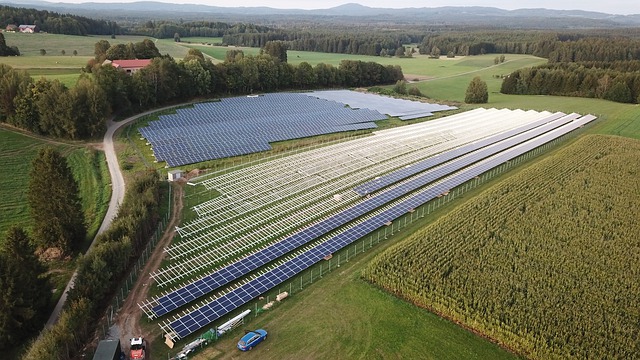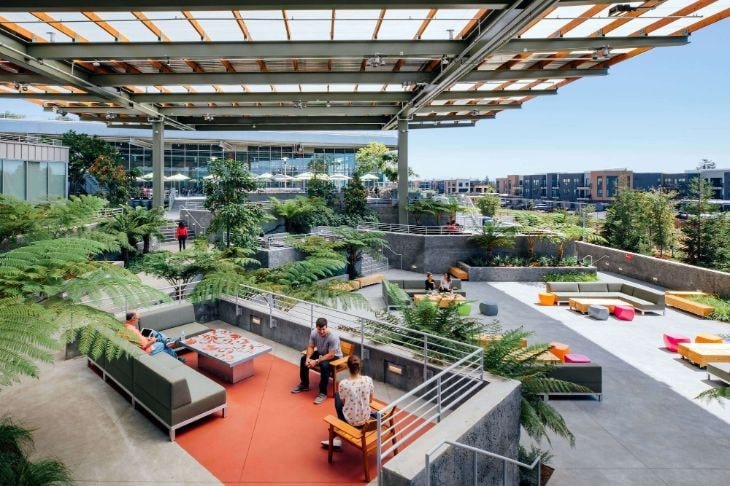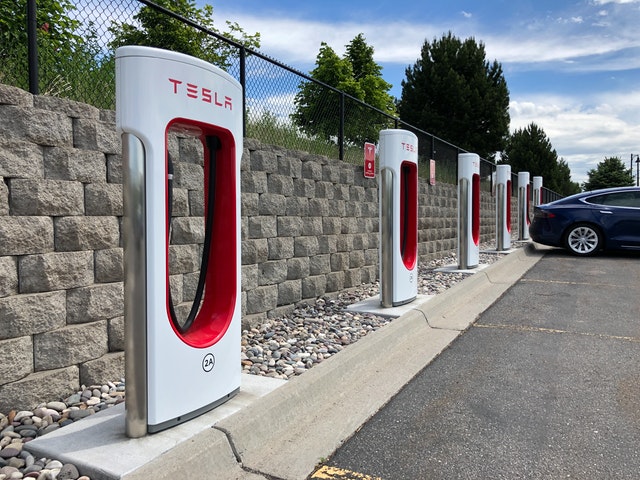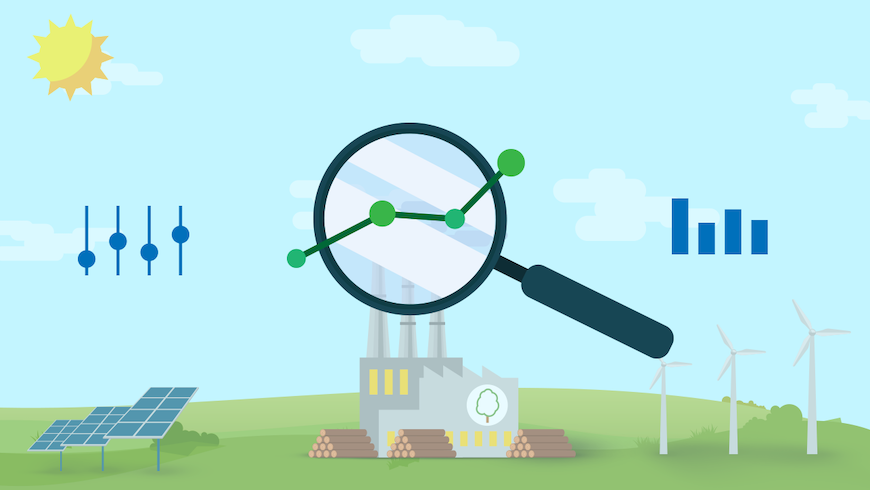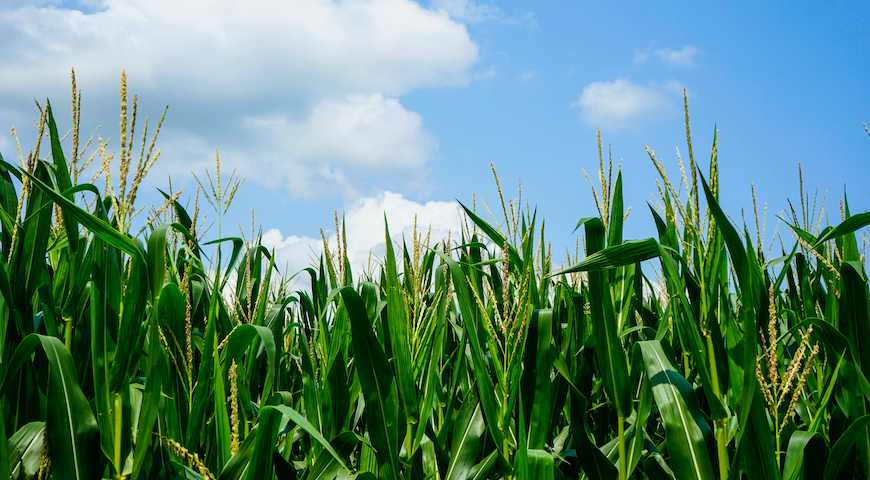A lot of factors determine how your lifestyle is dependent on where you are living. The living standard of people living in rural areas is completely different from the people living in urban areas of developed world. From the geographical placement, government policy, socio-economic aspect to the educational background, all of this play an important role to shape up the standard of the living.
As someone living in the developed countries, access to electricity, clean drinking water, proper sanitation system seems common but people in the developing countries may not always have all the amenities they require for living a quality life.
Today, let us explore what it is like to live like a villager in a developing country.
Story Of A Common Person Living In Rural Areas
Ramesh is an 11-year-old boy from a remote village in Nepal. Like any child, he is curious, playful, and mostly innocent. He lives with his parents, grandparents, and two other siblings. Being the eldest of the 3, he has started to assume responsibility for the family at an early age. Like most of the villagers, Ramesh and his family are dependent on agriculture for their livelihood. They also rear two cows and six goats, which they treat as family members themselves. Their village is far from the district headquarters and without direct access to transportation; they live a secluded life with limited amenities.
Ramesh starts his day early in the morning around 5:00 am when the rooster starts to signal that the day has started. Once he wakes up he looks to wash himself up and start the day. But, the difference is his latrine is outside of his home. The latrine was built a few years ago with the help from the UNAID. Before that, sanitation was highly neglected and it was normal to defecate in the outdoors. However, now Ramesh and his family as well as the other villagers have come to know the benefits of proper sanitation.
Once he is done with preparation for the day, he goes on and starts assisting his family in the daily chores. First, he takes the grass he collected and feeds it to the livestock along with water.
Figure 2: Showing Collection of Firewood for Cooking Purposes (Source_Pixabay_image)
Then, he prepares his DOKO and ventures off to the local jungle in search of firewood. Firewood is still the primary source of energy for Ramesh and his family. They use it to cook food.
Unlike the modern hobs and hoods, they use a traditional fireplace that is made out of clay. Firewood is burnt to get the heat required for cooking. However, this is not easy. You need to ensure the flame keeps burning. But, mostly the problem comes with excessive smoke that comes from the firewood. It has serious short term and long term health effects, such as respiratory and eye problems. However, it is their best option as wood is available in plenty but other amenities are far and costly.
Figure 3: Showing The Typical Fireplace For Cooking Food (Source Pixabay_Images)
Thankfully, due to the government’s project, water is now available at their doorstep. Before the project, they had to travel 30 mins every day to collect water from the local well. The current government project has made water storage and pre-treatment plant locally. Ramesh and his family recently learned about the importance of proper sanitation and water-borne diseases. Also, they know the importance of drinking safe and pure water. Now, they store their water in copper vase considering its benefits.
Once he is done helping the family with the daily chores, he sets off to school, which is 45 minutes walk from his home. He along with his friends makes the journey every day. He is currently in class 6 and wants to continue on his study but his school only teaches up to 8th standard. He will have to go to the district headquarter to study further, for which, he will have to stay alone and apart from the family. School is an enjoyable time for Ramesh as he gets to learn as well as socialize with his friends.
Ramesh returns home and his mother feeds him “Makai Vuteko” which is similar to “Popcorn”. Once he returns home he helps his father on the field. They grow their food mainly and the trade-off with the villagers for other goods. They grow paddy two times a year which is enough to feed their family. Besides paddy, they also grow other crops like maize, barley, and vegetables. They use cow dung to make fertilizer for their crops and vegetables. Ramesh occasionally goes to the headquarters with his father to buy chemical fertilizers.
There is no proper irrigation system so they were mostly dependent on the rainwater and the harvest is always minimal. Last month, their villagers discussed submitting the proposal to the local government to develop a canal system. Now, they are hopeful that after the proper irrigation system, they can grow more crops and sell some of it to the outsiders.
As the night falls, he feeds the cows and the goats again. The fire for dinner starts at around 6.00 pm. That’s also around the time he switches on the light bulb. The electricity is supplied from a local off-grid small hydropower system which was recently installed. Until dinner is ready, Ramesh likes to sit around and enjoy his time with his grandparents or siblings. The dinner is served around 7.30 pm and by 8.00 pm they have dinner together. Ramesh and his family are satisfied with what they have even without all the amenities. But, Ramesh knows there is so much more for him and his family. He hopes to study better, find a good job, and make his family proud. He then turns off the light and goes to sleep.
Basic Features In Rural Areas
Some major things to note from our life of people in remote areas of a developing country:
1. Firewood is a primary source of energy and they cook food in a fireplace made of clay which has long term health issues and also impacts the environment.
2. Sanitation is not up to the notch but at least the people are more aware of why it is required and what the best practices are.
3. Drinking water is collected mainly from the local sources and consumed without proper filtration.
4. Agriculture and livestock are the main sources of livelihood for the family.
5. The village is secluded with no direct access to vehicles from the headquarters.
6. People are more concerned about living and surviving rather than a lifestyle.
7. It is common for people in developing countries to live in a joint family along with parents and grandparents.
8. People live a life close to nature.
This is just one of the examples of a large number of people that do not have easy access to the basic amenities in today’s world. There are large discrepancies in the socio-economic conditions throughout the world. Millions of people die of hunger every year while a billion people live below the poverty line. Some of them do not have access to safe drinking water, nutritious food, clean energy, nor means of earning their livelihood. Other countries have access to basic needs but still lack far behind in terms of the quality of life the people are living.
While the developed countries are trying to reduce the dependency on fossil fuels, finding cleaner sources of energy, and improving, we also need to be reminded that it is a farfetched dream for developing countries to reach there without any proper planning, support, and coordination. These must be done keeping into consideration the history, culture, background of the society, and more. The recent data has shown that the inequalities in the life of humans are being reduced within and across the nations.
Conclusion
In our pursuit to create a sustainable future for everyone, we need to ensure that everyone everywhere has access to food, clean water and sanitation, clean and sustainable energy, and so on. Therefore, it is important to fulfill the United Nations sustainable development goals many of which are targeted to uplift the life of so many Ramesh of the developing world. They deserve a better life and a better resolution for their hope.
Disclaimer: The views expressed in this blog are solely of the author and not the Greenesa.

 How it Works
How it Works Pricing
Pricing FAQ
FAQ Quiz
Quiz Contact Us
Contact Us
